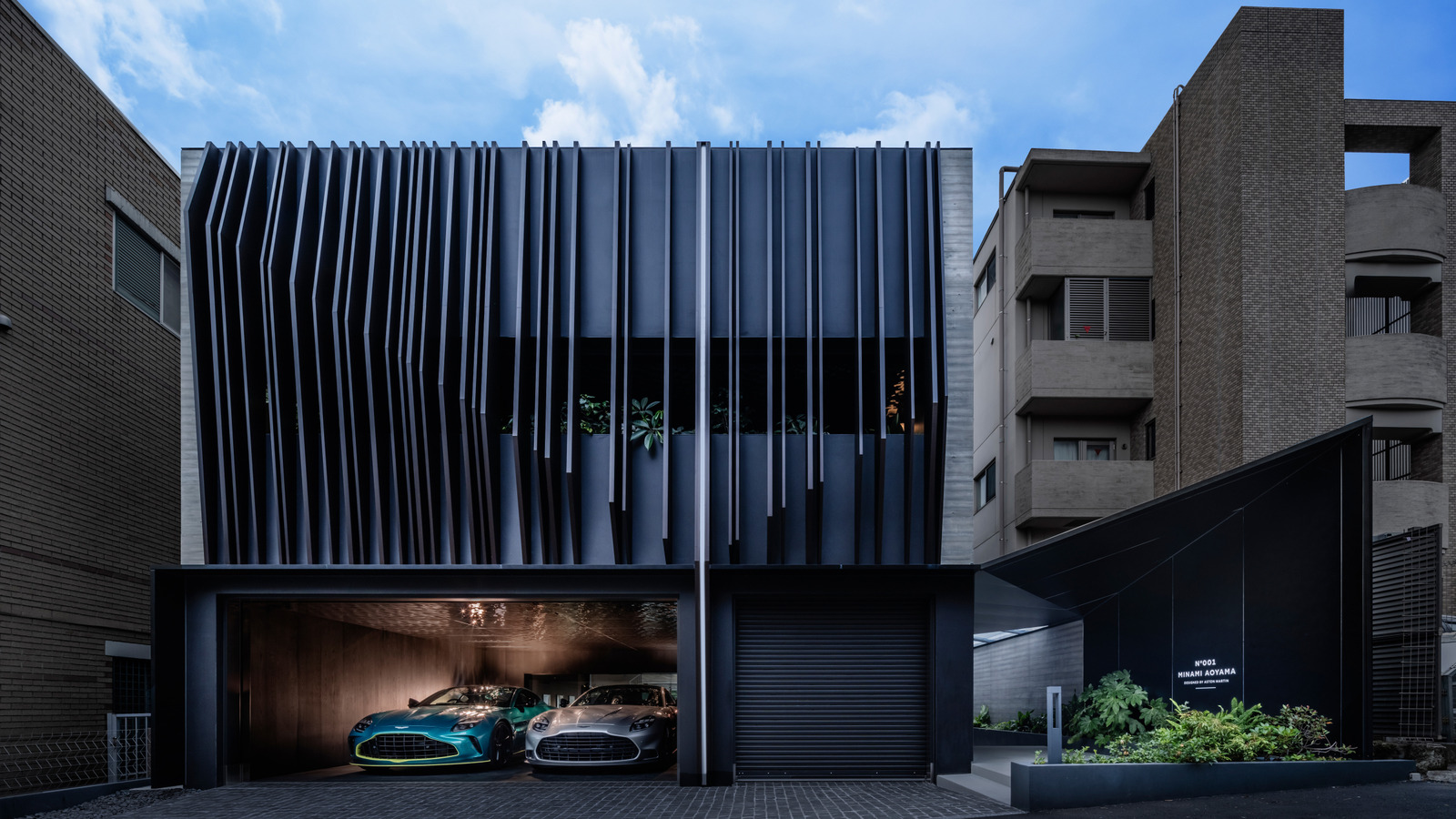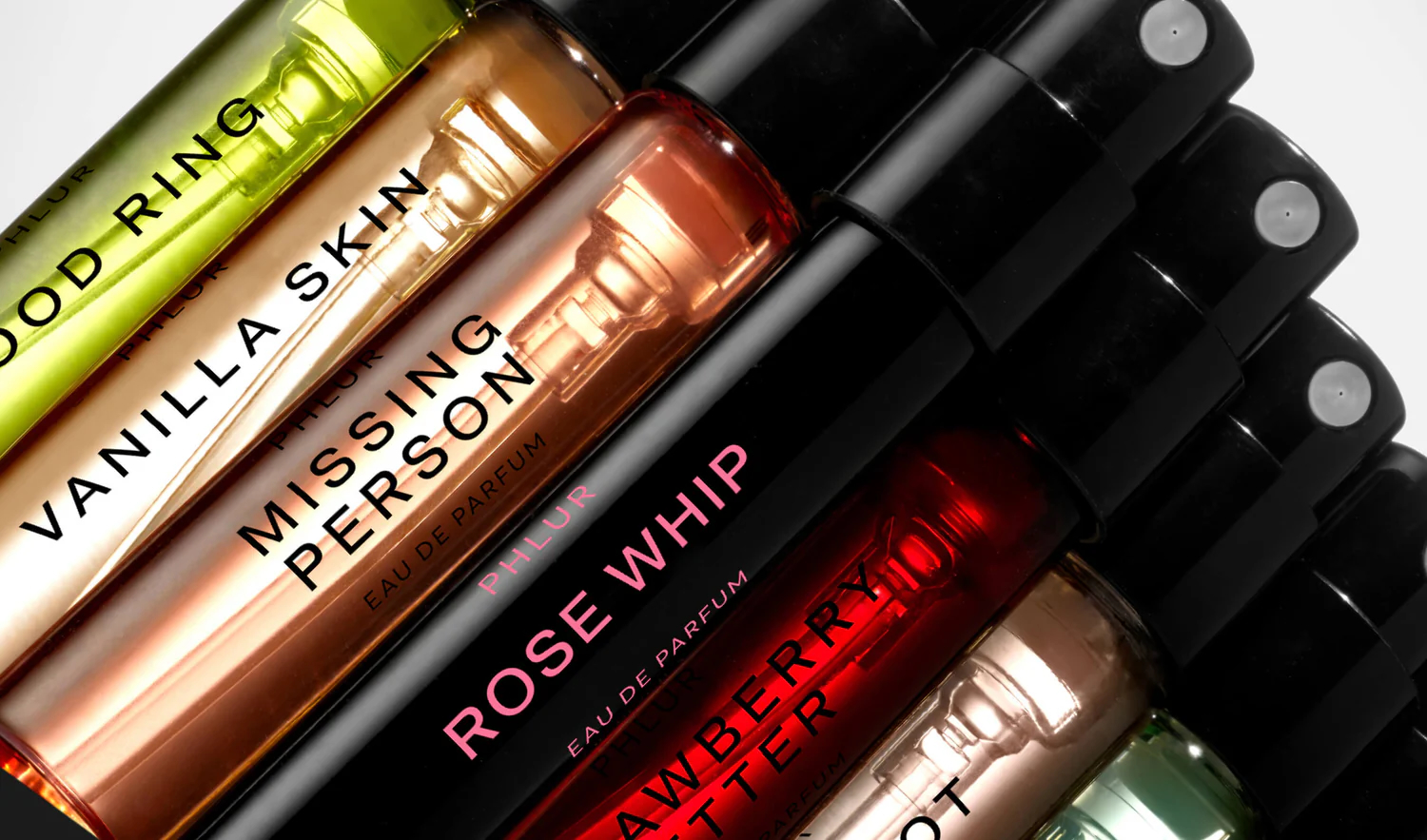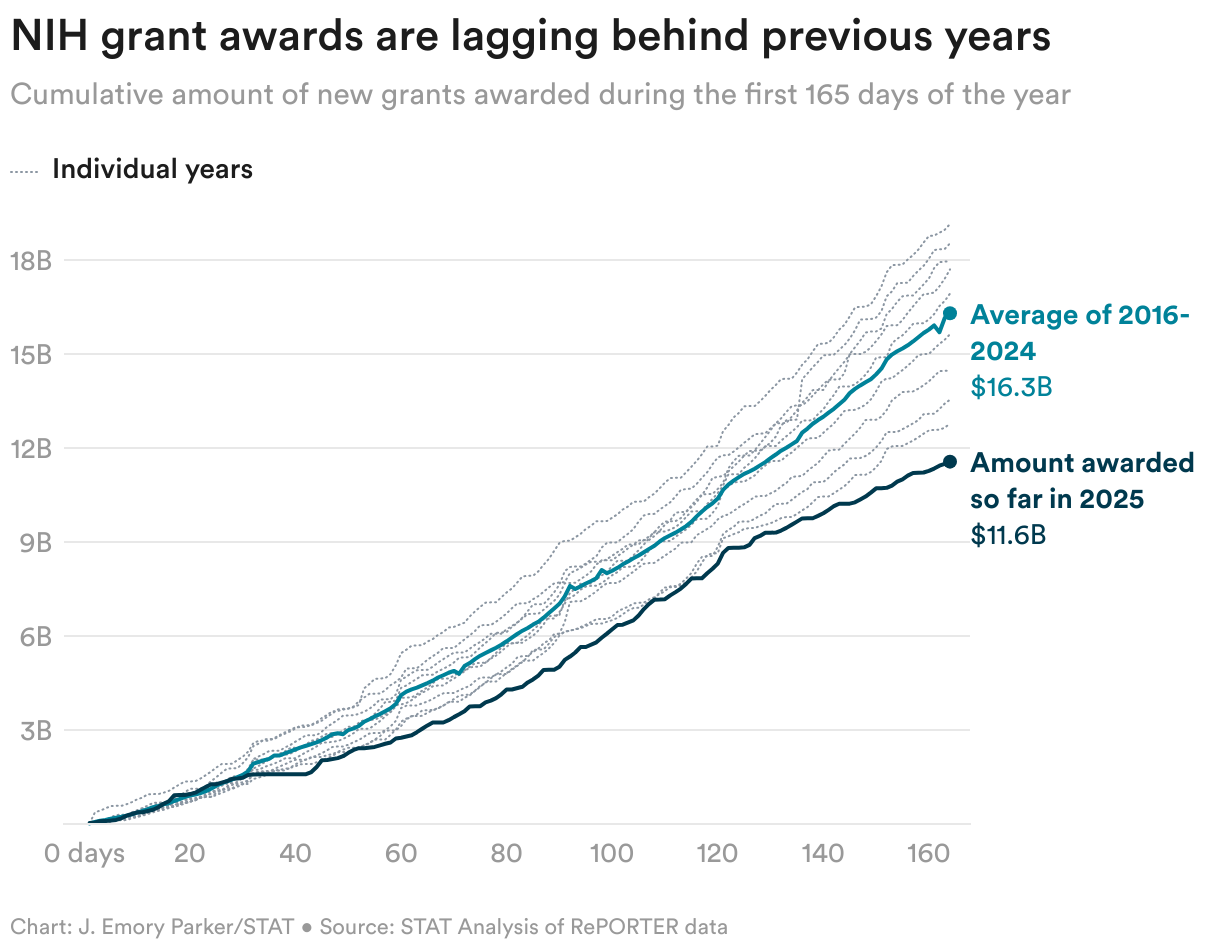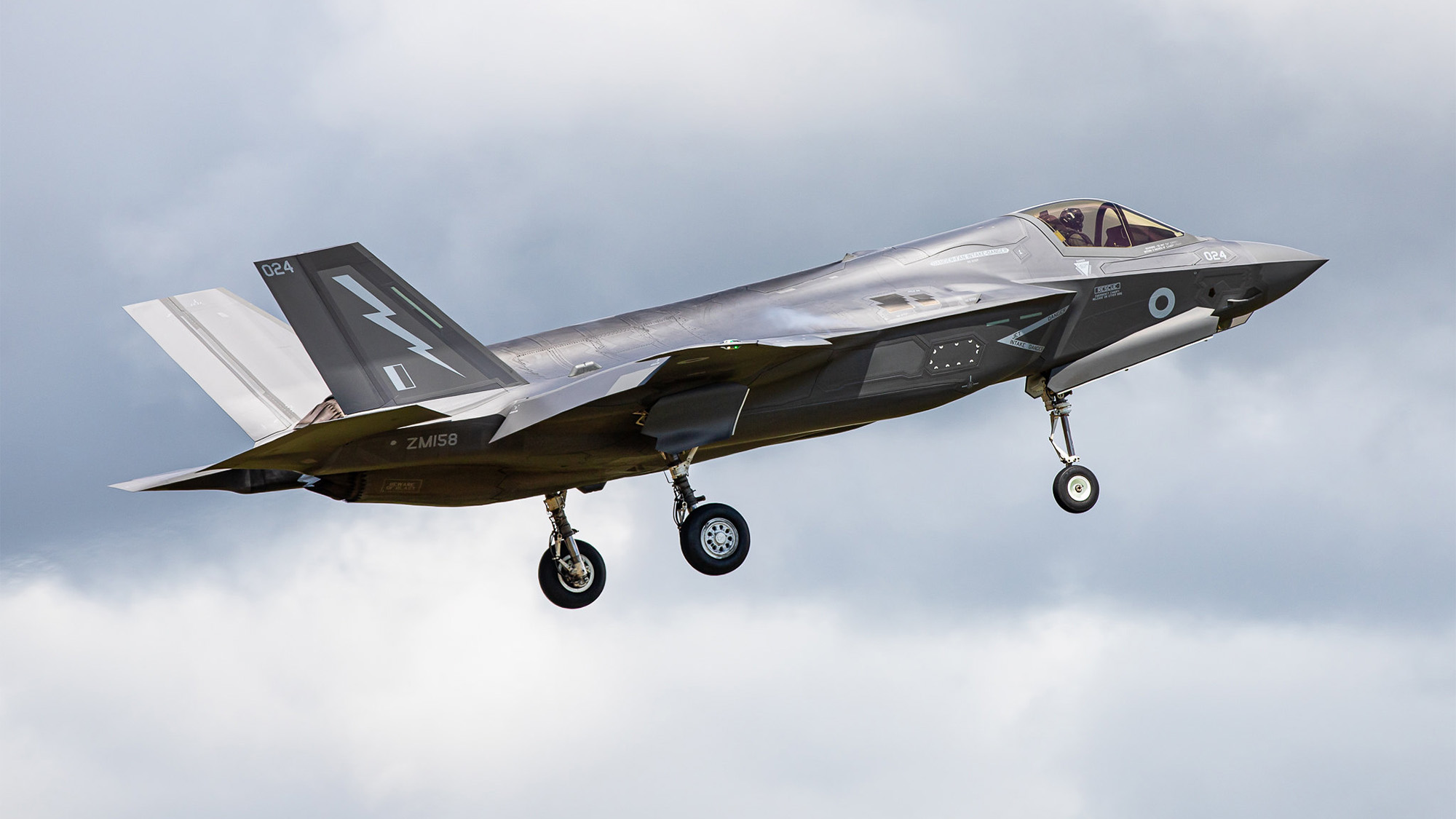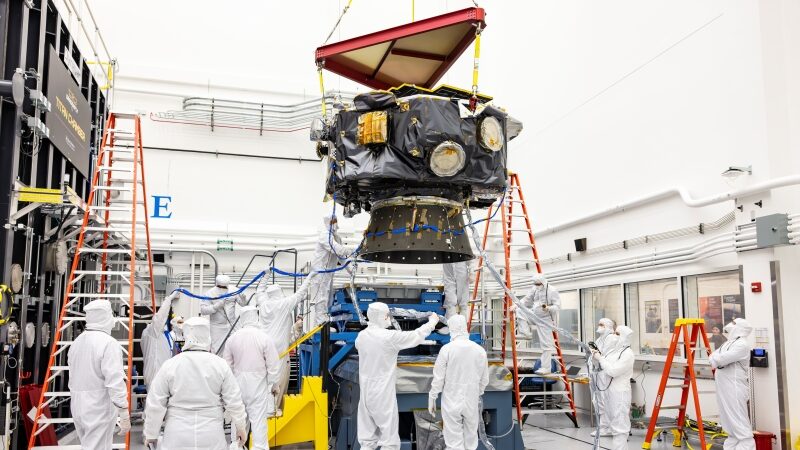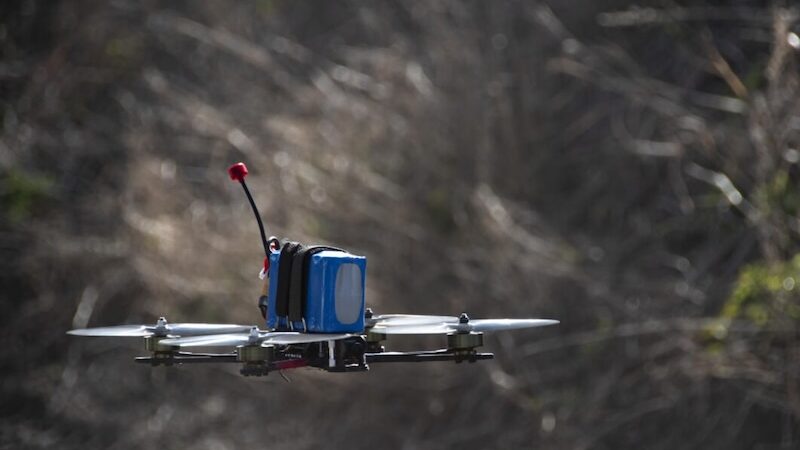Pickleball, Dog Parks and ‘Meat Bingo’: Small Breweries Are Making Big Pivots to Stay Afloat
Smaller breweries adapting to uncertain times by focusing on all things local and turning their taprooms into neighborhood gathering places. [...] Read More... The post Pickleball, Dog Parks and ‘Meat Bingo’: Small Breweries Are Making Big Pivots to Stay Afloat appeared first on Wine Enthusiast.
FlyteCo Brewing opened in the historic Berkeley neighborhood of Denver in 2019, the tail end of two decades of exponential growth in American craft beer. Offering a bare bones bar service of signature brews like Fogged Out Hazy IPA and Oh My Guava! Pale Ale, the taproom had weathered the pandemic and tried to stay aloft as national sales flattened. Unfortunately, it was not enough. The taproom closed in April.
But that wasn’t the end of FlyteCo—not even close.
In 2022, the FlyteCo founders leased the air traffic control tower at Denver’s defunct Stapleton Airport. The space had already been converted by Punch Bowl Social into a 26,000-square-foot entertainment complex, complete with mini golf and bowling lanes, before going out of business. FlyteCo added an arcade, golf simulator, social darts, 400-seat restaurant, patio, child-friendly yard games and even a tour to the top of the 11-story tower for panoramic mountain views. They installed a brewery but also added a cocktail and mocktail program. They haven’t looked down since.
FlyteCo is one of the many smaller breweries across the country that are adapting to industry struggles by focusing on all things local—local events, local customers, local partners—and investing in their taprooms as neighborhood gathering places.
“There’s only so much you can hope to accomplish selling beer one at a time at market price,” says FlyteCo co-founder Morgan O’Sullivan. “These other entertainment aspects are currently thriving. I think that’s why we’re growing when the rest of the beer world is shrinking.”

Tapping into Creativity
According to the Brewers Association, 529 U.S. craft breweries kicked the keg in 2024, the first year that closures outpaced new brewery openings since 2005. It’s just one sign of craft beer’s recent stagnation.
This year has been particularly challenging, with tariffs on imports like Canadian malt, steel and aluminum. The Beer Institute reports that U.S. brewers have shipped 6.5% fewer barrels of beer year-to-date in the first four months of 2025, compared to the same period in 2024. That’s a loss of nearly 3.16 million barrels.
Most of the roughly 10,000 craft brewers in the U.S. are considered small brewers that sell at least a quarter of their beer onsite, per the Brewers Association. With national production down and craft beer’s market share stagnating, these smaller brewers have been forced to set aside visions of expansion and refocus on the immediate market around them.
Beverage industry analyst and longtime brewery consultant Aaron Gore points out that running a brewpub or taproom is a big added cost to beer production, as it requires higher margins to cover the additional overhead. To help offset that expense, brewers make more profit on beer (and food and everything else) sold directly to the consumer through their taproom than they can with cans or bottles sold through a third-party distributor at a store. So, in times of trouble, it makes sense for small brewers to do everything they can to get people in the door.
“Smaller breweries are more local by their very nature,” says Gore. “And while they often have little to no money to spend on marketing, they are also able to throw the entirety of their efforts and networks at one small area, making them disproportionately successful at connecting with customers in their own backyard. The current economic realities make a focus on community and their local area not only important, but axiomatic.”

Pickleball, Retirement Parties and ‘Meat Bingo’
Gore also points out that this focus on community is not specifically prescriptive but instead depends on each brewery’s situation. Some, like FlyteCo, are investing in their spaces to make them more of a local draw. South Austin’s Meanwhile Brewing, for instance, is courting families with its big playground, mini soccer pitch and plans for a sand volleyball court. In Indianapolis, Bier Brewery just opened a suburban location with a members-only dog park requiring proof of pooch’s current vaccinations. Charlotte’s Resident Culture opened a third private event room: 6,800 square feet to host wedding receptions, graduation parties and retirement parties.
Private events have become a lifeline to indie breweries. “The private events world is a more effective way to use that space,” says FlyteCo’s O’Sullivan. “You can often generate more revenue with one client renting a space for two hours and paying one bill than you can with a day’s worth of individual tables.”
Whether these pivots will be enough to save the industry remains to be seen. What is certain? People are having fun.
Brewers that don’t have that room to expand are getting creative with taproom events. They have hosted drag queen story time (Broken Clock Brewing Collective in Minneapolis), food-beer pairing dinners (Lawson’s Finest Liquids in Vermont and Arizona’s Pinetop Brewing), morning yoga (Doom Metal Yoga at Indianapolis’s Black Circle Brewing) and at Alpha Brewing Company in St. Louis, “meat bingo,” where winners take home steaks and chops.

They’re also continuing the tradition of reaching out into the community by collaborating with local nonprofits. Kulshan Brewing in Washington State established a Pour It Forward program to help rebuild a local textile recycling center after a fire and raise money for an organization that hosts wilderness excursions for kids, BIPOC, LGBTQ+ and people with mobility limitations. Asheville’s Highland Brewing responded to Hurricane Helene by opening their brewery as a refuge and supply distribution center for neighbors in need.
“It wasn’t something calculated,” says Gore. “It was people who live in a community using their business to support it. In the long run, that creates much stronger bonds than a marketing campaign alone.”
Other breweries have also expanded the ways in which they interact with customers. For instance, in Southern California, Green Cheek Beer has carried on the Covid-era practice of drive-thru sales, loading customers’ orders of canned beer into their trunks and truck beds.
“People we see coming through that drive-thru are the people we see in our taproom,” says owner and brewer Evan Price. “We meet them with a smiling face and a good attitude. Either way we want to be an escape from their day to day.”
Green Cheek has also joined several breweries in expanding their footprint through satellite locations, operating four locations throughout Orange and San Diego Counties. Louisville-based Goodwood Brewing added to its five taprooms throughout northern Kentucky with a sixth operation in suburban St. Louis. Breakside Brewery in Portland, Oregon, operates eight taprooms throughout the state and into neighboring Washington.

Expanding – but Locally
Expanding with a few regionally-clustered outposts gives these brewers an advantage even the bigger craft brewers don’t necessarily have—growth while maintaining first-hand quality control.
Breweries that sell outside their taproom usually use a third-party distributor that works directly with stores, bars and restaurants. When brewers ship out their cans and kegs, that’s typically the last they see of the beer inside. They have no way of knowing whether a tavern is storing their keg in an un-air-conditioned hallway, or if a grocery stocks their bottles in a spot where sun is damaging the beer. They don’t know whether a restaurant is cleaning their tap lines regularly. They can be reasonably sure that many of these bartenders, servers and clerks don’t know their beer as well as the people working at the brewery.
“IPA is our best-selling beer—and it’s also the most fragile,” says Ben Edmunds, brewmaster at Breakside Brewery. “You can’t treat IPA the way you might treat a stout or lager. With my locations, I can send a weekly email to managers with the dates and batch numbers of ‘acceptably fresh’ batches, and they and the bartenders then check and confirm the beers they have to rotate inventory and maintain peak freshness.”
According to Edmunds, in-house staff are also usually better educated and more enthusiastic about their beer, and especially eager to introduce new customers to tried-and-true labels and old customers to new styles. Because even with the birthday parties and pickleball tournaments, sip-and-spin vinyl hip-hop nights and marble-race tournaments, this is still craft beer.
“Craft beer is not gone,” says FlyteCo’s O’Sullivan. “We’re going through something right now, but there’s still a lot of engagement. We still want to keep beer as our core. The entertainment, the private events, the experiential taproom, it all allows us to continue to pursue our passion for beer. At the end of the day, you go with what works.”
More Beer Coverage:
- We investigated why draft beer menus are getting shorter.
- For many of America’s breweries, the rent is too damn high.
- It’s probably time to throw out that six pack in your fridge.
- There’s a new sustainable “it” grain in brewing: Fonio.
The post Pickleball, Dog Parks and ‘Meat Bingo’: Small Breweries Are Making Big Pivots to Stay Afloat appeared first on Wine Enthusiast.























